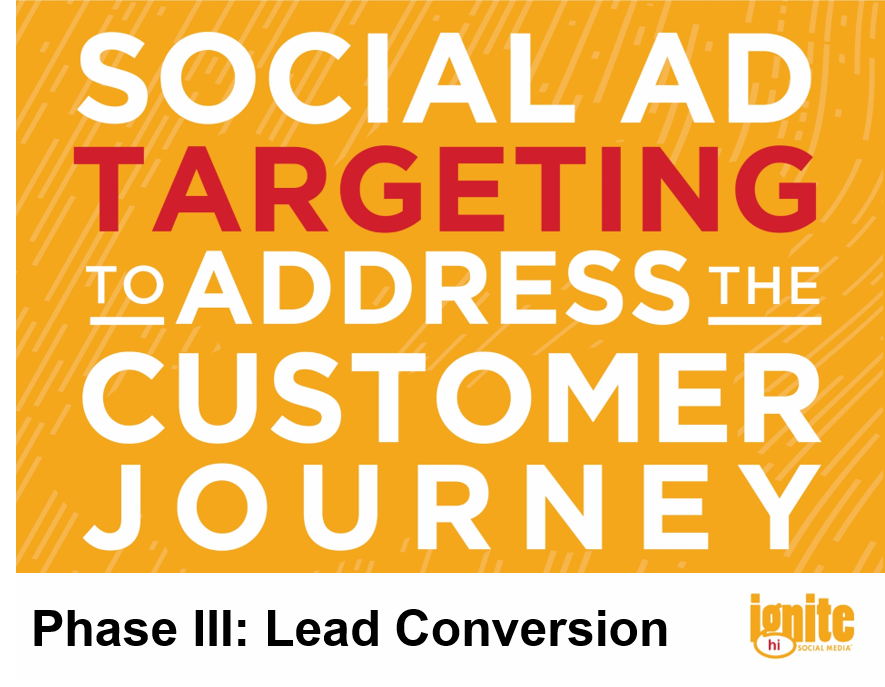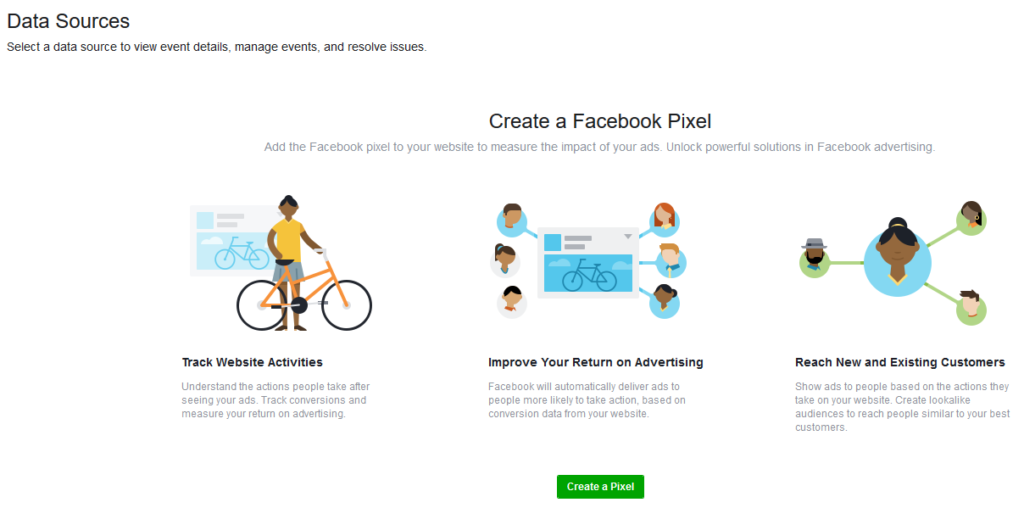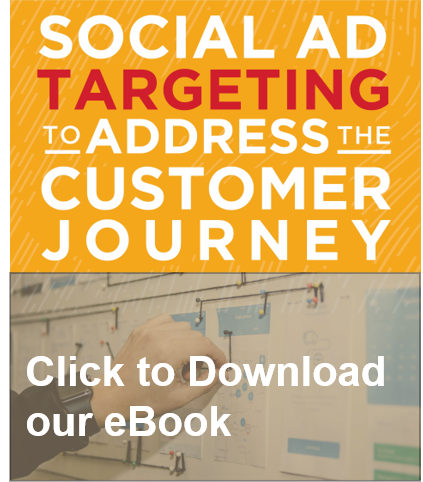
02 May Social Ad Targeting to Address the Customer Journey – Phase III: Lead Conversion

- Phase I: Social Ad Targeting to Address the Customer Journey – Broad Targeting
- Phase II: Social Ad Targeting to Address the Customer Journey – Qualified Targeting
- Phase IV: Social Ad Targeting to Address the Customer Journey – Loyalty Targeting
Paid media is great for funneling potential customers from awareness to consideration, but how can you get those people to convert? The answer is paid media! Using lead conversion targeting, you’ll be able to reach users who’ve expressed interest in your business or product, but did not complete a specific action on your site. Here’s what you need to know about building and using these audiences in this last phase of the journey.
Building your audiences:
Using the data captured by pixel tracking, you can build audiences based on users who visited specific pages, spent a certain percentage of time on your site, or completed a specific action- such as add to cart or initiate checkout. In this phase of the customer journey, it’s important to use exclusion targeting to target users who’ve dropped off. For example, to reach users who added a product to the shopping cart, but did not purchase, your audience should include users who added to cart and exclude users who purchased. To maximize your reach with potential customers and allow for optimization among targets, create a mix of audiences of those in the consideration phase.

Using your audiences:
To get the most conversions out of your newly created audiences, use the website conversion ad objective. This will allow you to reach and optimize toward users who are likely to complete a specific action on your site. To learn more about this objective, check out Using Your Budget to Drive Sales on Facebook and Instagram.
Since these audiences of highly qualified users will be quite small, there are a few things to remember when using these audiences in your campaign:
- When creating your ad set, steer away from applying too many targeting restrictions- such as location, age, gender, or interests. These additional parameters will limit your reach and may put you at risk of not reaching a qualified user who is outside of the parameters.
- To prevent overlap among your audiences, apply audience exclusions, so you’re spending your budget on users in one target and not the other.
- Lastly, when determining how much of your budget to allocate to these targets, keep in mind that since your audiences are small, you may have difficulty spending a large budget. Using a mix of audiences should help you spend your budget, but not much budget is required to reach these audiences in the conversion phase.
Now that you know how to create and use re-targeting to move users to the last phase of the customer journey, you can start building your campaign to drive those conversions.

Curious how we can put our content creation methodology to work for your brand? Let’s get the conversation started.







